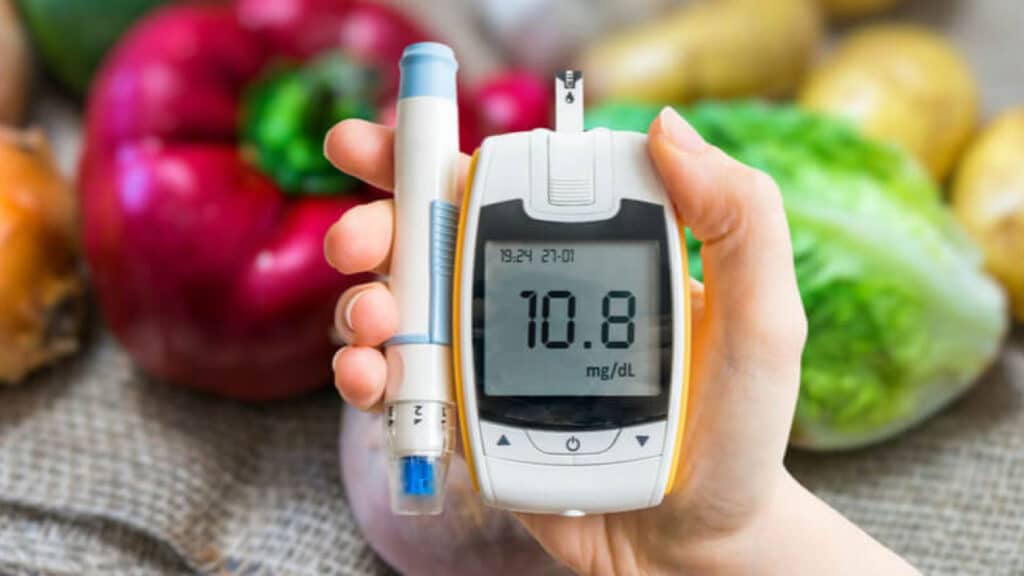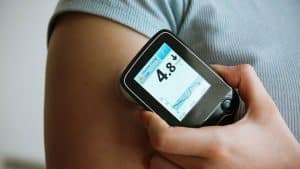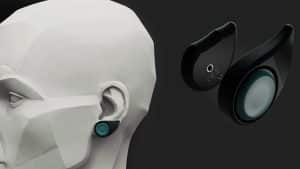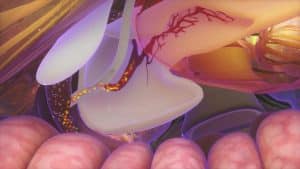For people with diabetes, the first worry is hyperglycemia, or high blood sugar, and all its associated problems. It’s the main characteristic of the condition. However, that doesn’t mean you should overlook the risks of low blood sugar, properly called hypoglycemia.
In fact, one of the leading causes of hypoglycemia is diabetes medication, such as insulin, biguanides and sulfonylureas. Too much of these generally life-saving drugs can create a whole new set of issues. Other potential sources include genetic conditions that affect metabolism, hormone deficiencies, autoimmune disorders, kidney or liver problems, sepsis, tumors and alcohol abuse.
Hypoglycemia is a condition that can appear pretty rapidly and needs to be treated quickly too if you want to avoid the potentially fatal consequences. Some of the early symptoms are fairly generic, such as headaches and tiredness that everyone experiences sometimes. It can make you clumsy, cause shaking or sweatiness, increase your heart rate, make it difficult to talk and cause hunger. More serious symptoms include seizures and loss of consciousness.
Diagnosing hypoglycemia is generally done with what is known as Whipple’s triad. Point one of the triad is the actual symptoms of hypoglycemia, such as headaches and shaking. It helps if you know the person is at risk of hypoglycemia, perhaps because they haven’t eaten all day. The second point of the triad is when you measure the levels of glucose in the blood. With confirmed symptoms and a confirmed low blood sugar level, you can move onto the third point, which is that the symptoms disappear when the treatment for hypoglycemia is given.
Treatment can actually be pretty simple. For milder cases of hypoglycemia, you may just need to eat or drink something sugary. Yes, this is one of the few times when soda or candy may be recommended as the healthiest option. If you don’t spot it early enough, you may need an injection of glucagon. Some diabetics carry these as standard, just like they do insulin. In some medical settings, dextrose may be used instead.
Of course, it’s best if you never reach that point. Learning to recognize the signs of hypoglycemia, even if you’re not diabetic, means you should be able to take preventative steps like having a snack in plenty of time. It’s especially important if you’ve gone a long time without eating or you’ve been exercising extra hard. It can affect anyone.




